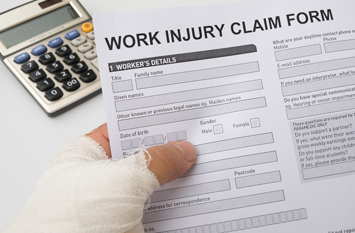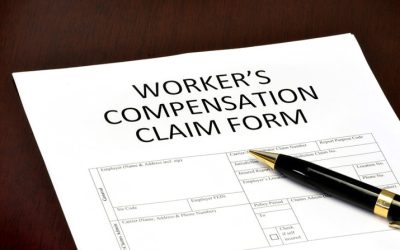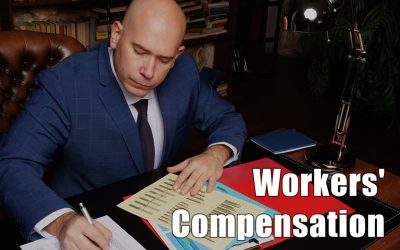Fraud and abuse are rampant with many welfare programs and the workers’ compensation program is no exception. Medical claims review is an important process in workers’ compensation claims processing to prevent inappropriate payments and focus on fair reimbursements for both payers and providers. Even so, fraud exists and sometimes goes undetected.
Typically, the errors and abuses associated with claims include the following.
- Unbundling: Separately submitted billing-related services
- Duplicate charges, usually billed under separate codes
- Upcoding: Assigning a higher value code than what is really necessary
- Unreasonable procedure charges
- Billing for medically unnecessary services
- Excessive facility charges
To consider one example, California’s Department of Industrial Relations (DIR) has found that one main obstacle to cost containment is fraud. The DIR has invested considerably in fighting fraudulent workers’ compensation claims, premium fraud as well as provider fraud.
It is found that provider fraud and lien abuse are much more widespread and costlier than fraudulent workers’ claims.
- Unscrupulous providers generate bills for unnecessary or even non-existent evaluations and treatment.
- They then file claims. These dubious claims are referred for evaluation and treatment outside the insurer’s Medical Provider Network, without the insurer’s knowledge.
- The provider would then file lien claims with the WCAB (Workers’ Compensation Appeals Board) for drugs, medical services, and ancillary services such as interpreters.
Lien claims go around California’s evidence-based IMR (Independent Medical Review) system as well as the Workers’ Compensation Utilization Review process. Frequent practices of bundling and assignment of claims pose a major challenge to identifying fraudulent providers and fighting fraudulent claims. As a result, these claims are often settled. A report on the DIR’s anti-fraud efforts released by the DIR points out that a lien filer’s ability to “get one foot inside the courthouse door creates tremendous pressure on the insurer to pay something in settlement, rather than taking on the expense of fighting or disproving a clearly invalid claim.”
Though the number of providers involved in these types of claims is comparatively small, these claims are quite costly. The DIR report reveals that:
- 10% of California’s lien filers were responsible for 75% of the lien claims filed between 2013 and 2015.
- The top 1% filed more than 273,000 liens worth $2.5 billion. Five of these lien filers were people who had already pled guilty to fraud or were being prosecuted.
- Identifying these people alone was not enough to prevent the cash from reaching them because they could still file and settle liens even while they were involved in fraud prosecutions and subject to other lien-filing restrictions.
To address this issue, the state put into effect two new laws on January 1, 2017.
- SB 1160 that required the DIR to automatically stay liens owned by providers who have been indicted or charged with crimes.
- AB 1244 that required the DWC (Department of Workers’ Compensation) administrative director to suspend any medical provider, practitioner or physician from participating in the workers’ compensation system when convicted of fraud.
By this move the Department has stayed more than 200,000 liens associated with 75 medical providers who are facing criminal fraud charges. These liens are worth more than one billion dollars. Data monitoring systems were also developed under SB 863 that have improved DIR’s ability to detect fraud. As providers of medical review services to insurance companies and workers’ compensation lawyers, we hope that these steps taken by the DIR will as expected, reduce the number of fraudulent claims that are settled by employers and insurers in an attempt to quickly dispose of them.




